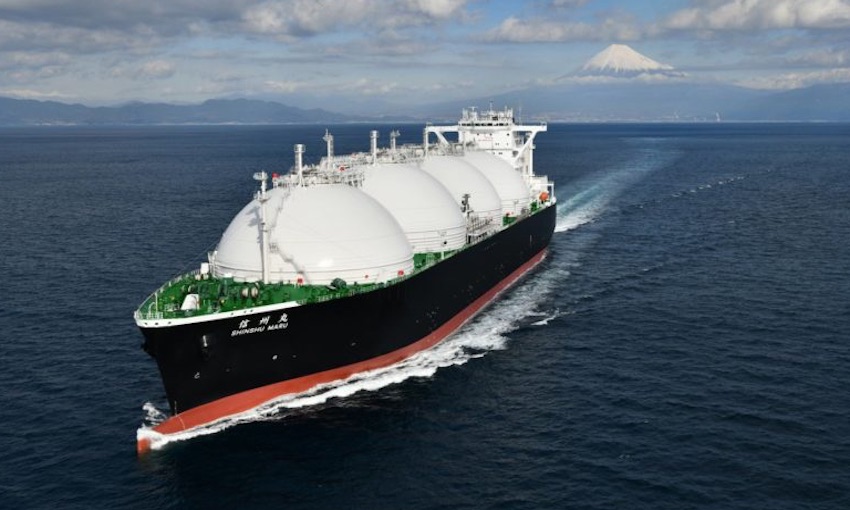AUSTRALIAN liquefied natural gas shipments in June were down by eight cargoes compared with May, primarily due to scheduled maintenance at Gorgon, the latest EnergyQuest report shows.
According to the report, Australian projects shipped 5.9m tonnes or 85 cargoes in June, compared with 6.4m tonnes or 93 cargoes in May.
Meanwhile deliveries to major North Asian markets were lower compared with June 2019.
Australian projects delivered a total of 70 cargoes to China, Japan and Korea in June, down from 77 cargoes a year earlier.
Taking a closer look, this meant two additional deliveries to China but five fewer deliveries to Korea and four fewer deliveries to Japan.
“Of the 85 cargoes shipped during June, 33 cargoes were delayed by sitting at anchorage or steaming in circles prior to reaching their destination,” EnergyQuest reported.
“An additional 20 cargoes shipped in May have also been delayed. However, delays appear to be reducing with nine delayed cargoes still to offload as at 11 July.”
EnergyQuest recently completed a multi-client report called East Coast Gas Outlook to 2040: Keeping the Lights On, providing an update of the long-term east coast demand and supply outlook.
Some conclusions are:
- The next couple of years are likely to be characterised by economic disruption, uncertain energy demand and lower price.
- Over the medium-term (to 2030) supply constraints will become increasingly evident with the decline of production offshore Victoria and absence of major new gas discoveries.
- We expect one and possibly two of the Gladstone LNG trains to be closed as increased gas volumes are diverted from the LNG projects to the domestic market.
- The gap between demand and supply will also increasingly rely on LNG imports at international prices.
“As we get into the 2030s the east coast LNG contracts will begin to tail-off,” the report states.
“At the same time, as the closure of coal-fired power generation accelerates, the demand for natural gas to backup renewables is likely to grow.”

